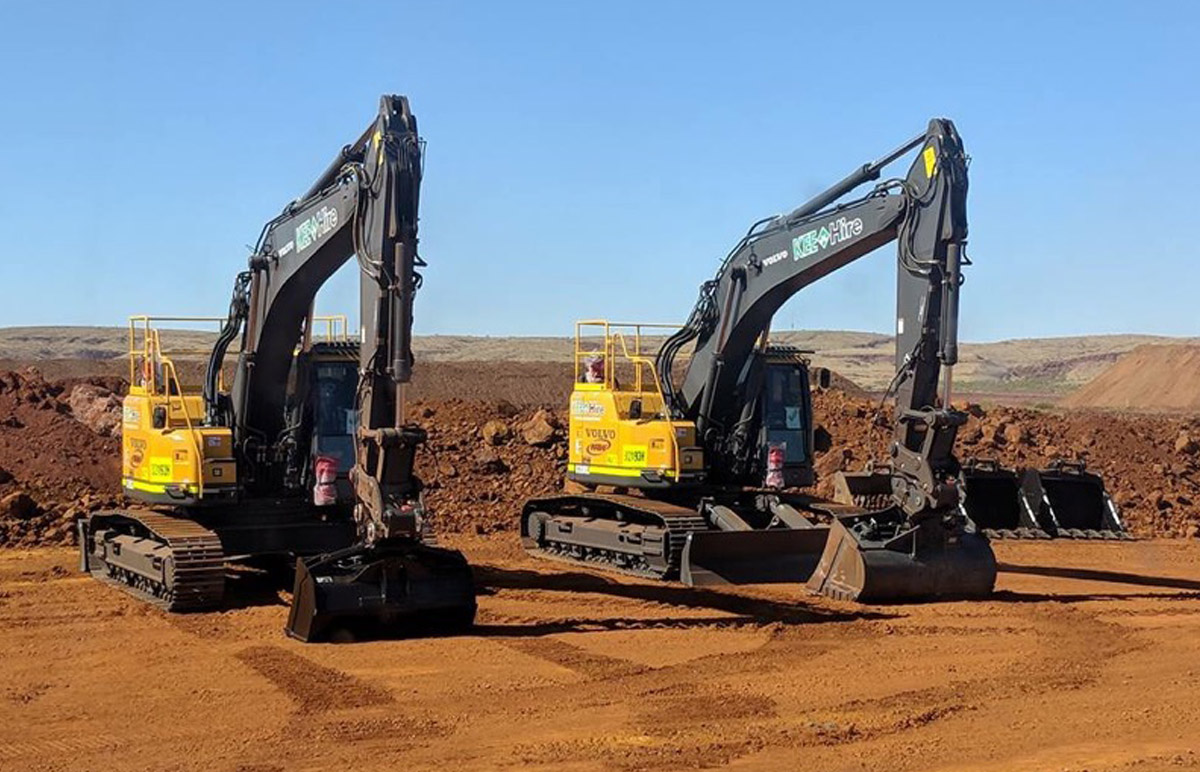
Hiring Considerations for Mining Equipment
When you’re managing a mining project, the success of your operation largely depends on the tools you employ. Hiring mining equipment comes with significant benefits, especially when ensuring optimal performance and meeting project deadlines. By selecting the right machinery, you enhance productivity and prevent costly delays and inefficiencies. Choosing to hire rather than purchase equipment gives you access to the latest technology without committing to a long-term investment. This flexibility allows you to adapt to changing project needs without breaking the bank.
Understanding what’s involved in hiring mining equipment can make the difference between a smooth operation and one that’s fraught with challenges. It’s crucial to consider various factors to ensure your equipment supports your project’s specific requirements. In the next sections, we’ll explore how to determine your project needs and assess equipment quality and vendor reputation so you can make informed decisions that drive project success.
Assessing Project Requirements
Before you hire mining equipment, it’s vital to assess your project’s needs thoroughly. Start by analyzing the scale of your mining operation. Is it a large, long-term project or a smaller venture that could complete within a limited timeframe? Knowing this will help you determine the type and number of machines you require.
Next, clarify your specific equipment needs. For instance, if your project involves extensive earthmoving, you might need excavators, loaders, and wagons. If precision and handling of sensitive environments are priorities, the focus may shift to specialized drilling machines or compact earthmovers. Understanding what you need aligns your hire options with operational demands, ensuring you avoid unnecessary expenses.
Consider the duration and intensity of your equipment use. A high-intensity project running continuously over several months will demand machinery that’s reliable under extended operation. In some cases, short-term projects may benefit from fewer machines to streamline workflows and reduce downtime. Take into account any potential peaks in operation or periods where equipment may not be in constant use, as these can influence your hire strategy and manage costs effectively.
By outlining your project requirements and understanding different elements like scale, specificity, and duration, you set a strong foundation for making efficient hiring decisions. This approach safeguards your project timeline and supports financial and operational goals.
Evaluating Equipment Quality and Condition
It’s important to ensure that the mining equipment you hire is up to standard and dependable. Start by inspecting the condition of the machinery before making any commitments. This includes a physical examination of the equipment, checking for signs of wear and tear, and ensuring all parts are functioning properly. You wouldn’t want machinery breaking down in the middle of your project, causing unnecessary delays.
Reviewing maintenance and service records is another crucial step. These documents provide useful insights into how well the equipment has been maintained and any potential issues that might arise. Ensure that the machinery complies with current safety standards, both for the workers’ safety and to adhere to legal requirements. Verifying these details can make the difference between a smooth-running project and one plagued with interruptions.
Vendor Reputation and Support Services
Finding a reliable vendor is as crucial as choosing the right equipment. You need a vendor whose reputation speaks of reliability and quality service. Look into customer reviews and ask for references if possible to get an idea of their track record. A reputable vendor will be transparent and eager to provide you with all the necessary information.
Support services play a significant role in the hiring process. Confirm that the vendor offers adequate support in terms of part replacements, repairs, or any other form of technical assistance. This support can save you time and resources if equipment fails during your project. Understanding the terms of hire contracts and warranties is also crucial. Make sure you are fully aware of what is covered and any responsibilities you might have during the rental period.
Budget Considerations and Cost Management
Cost is often one of the biggest factors when hiring mining equipment. Start by comparing the hire costs with what it would take to purchase. While hiring can often be the more economical choice initially, it’s important to consider the long-term financial implications for your project.
Explore flexible payment options that align with your financial planning. Some vendors might offer varied payment structures that cater to your cash flow. It’s also practical to plan for any additional costs that might arise during the project. This includes potential overuse fees or insurance premiums.
Wrapping Up the Key Considerations
Careful planning and evaluation are your best allies when hiring mining equipment. By taking the time to understand your project’s needs, evaluating the quality of machinery, and choosing a reputable vendor with solid support services, you set yourself up for success. Keep these factors in mind to ensure a smooth operation and efficient resource management. Planning ahead and making wise choices can greatly enhance the effectiveness of your mining project.
Ready to streamline your mining operations with the right equipment? Discover how the hire of mining equipment can empower your project and bring efficiency to your operations. Visit KEE Group to explore the possibilities and find the perfect machines for your needs.


